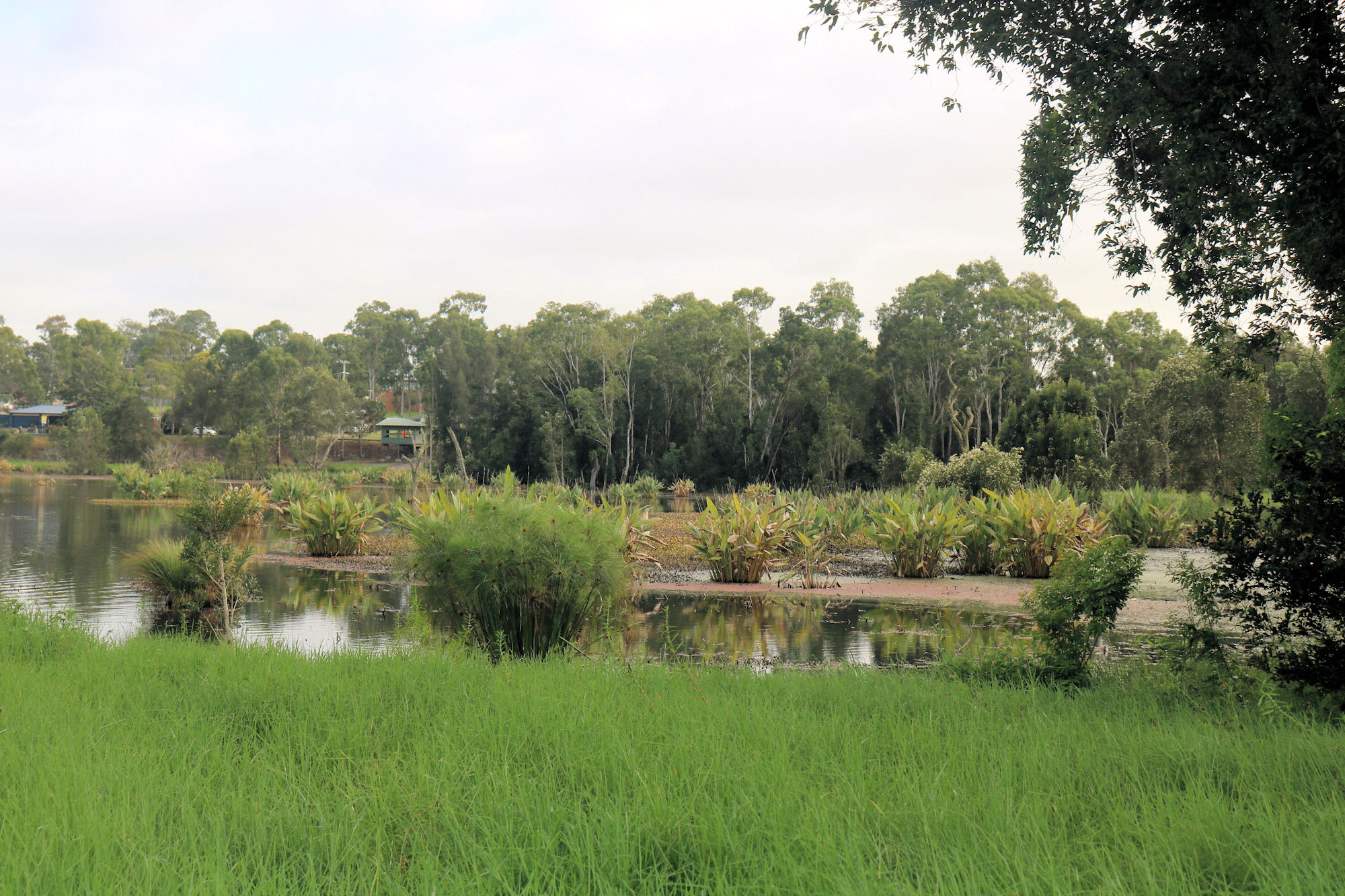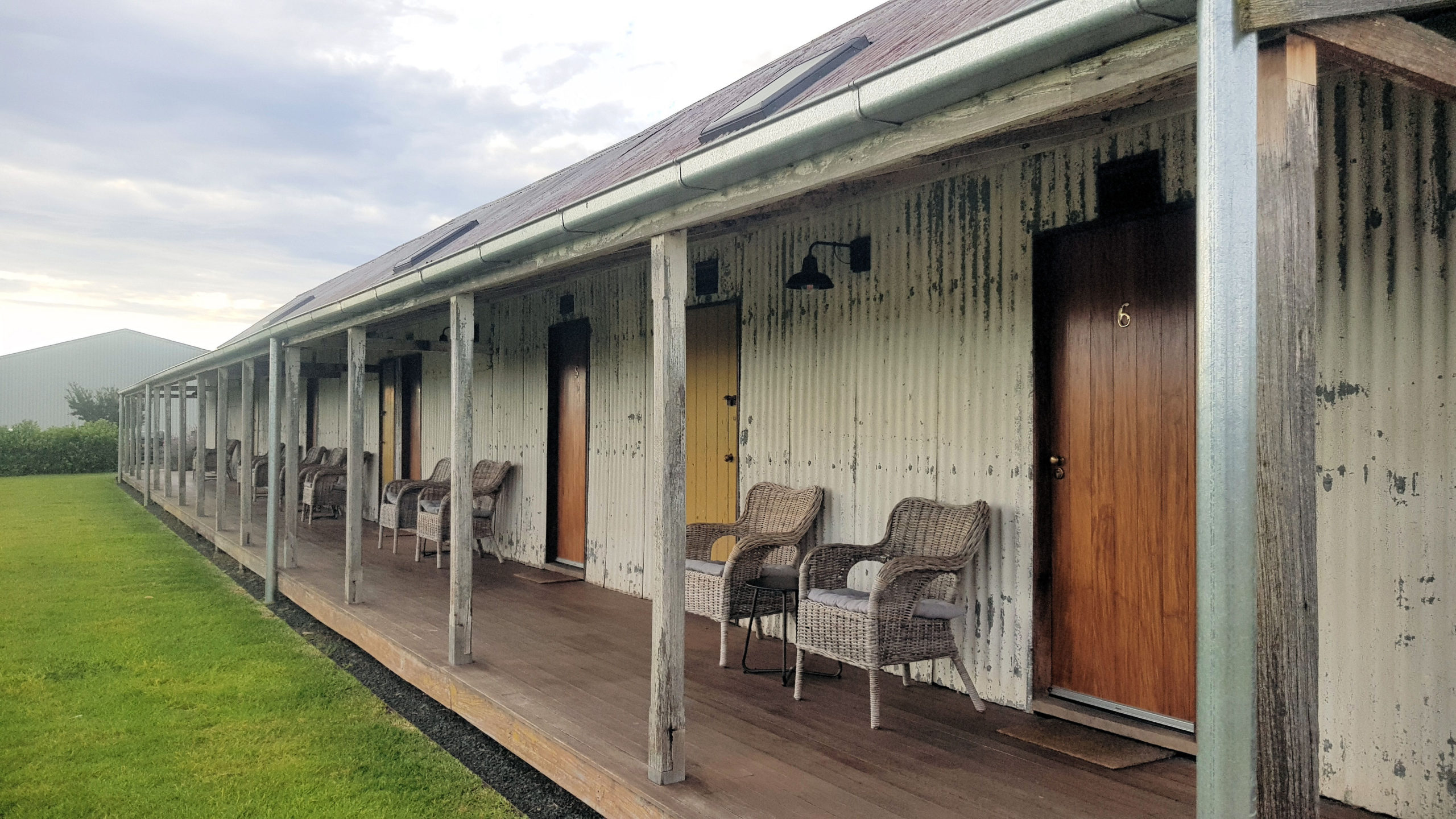Category: Building
Building
-
Seaham Swamp Nature Reserve

Seaham Swamp Nature Reserve Managed by the NSW National Parks and Wildlife Service, the Seaham Swamp Nature Reserve, is a small, but important park. Located 40km north of Newcastle, it contains colonial heritage and an important bird habitat. We parked in a car park near St. Andrew’s Church, which let us walk to Tom’s Cottage… Read more
-
Dubbo New South Wales Australia

Dubbo New South Wales Located in the central west of New South Wales, Dubbo was our first main stop during our road trip. A five hour car trip from Sydney, or a three and a half hour trip from our home in Singleton, stops along the way are needed. The first European settlement was established… Read more
-
Goonoo Goonoo Station Tamworth

Goonoo Goonoo Station Our last night on our recent road trip was spent at Goonoo Goonoo Station (pronounced Gunna G’noo), south of Tamworth. Goonoo Goonoo means ‘running water over rocks in times of drought’ in the Kamilaroi language. Access to the station is restricted to booked guests, but the Glasshouse Restaurant, is open to the… Read more